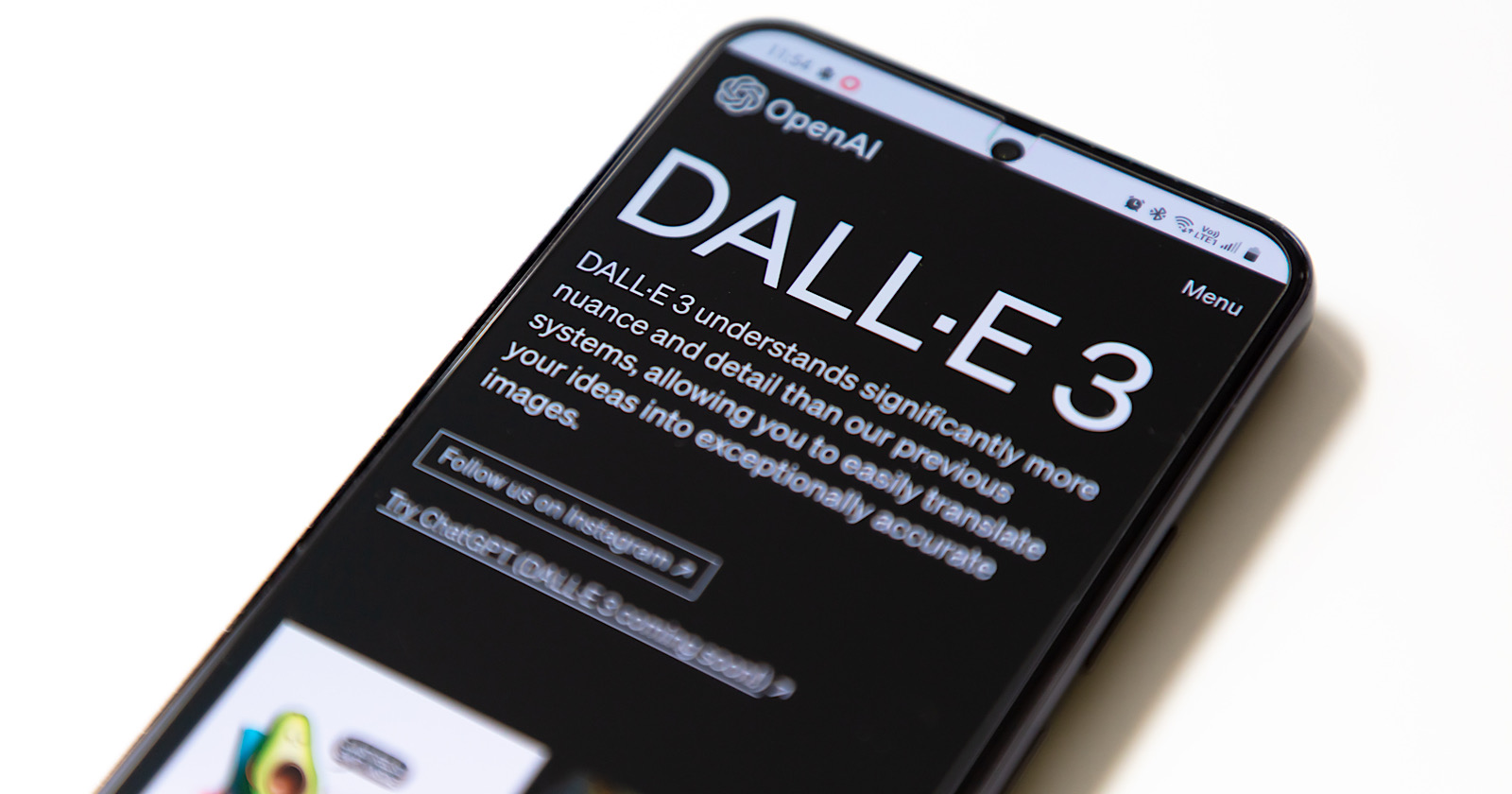OpenAI announced that it’s expanding access to its newest text-to-image generator, DALL-E 3, by allowing ChatGPT Plus and Enterprise customers to use the AI system within the ChatGPT app.
DALL-E 3 AI Image Generator
DALL-E 3, first revealed last month, leverages ChatGPT’s natural language processing capabilities to create images from detailed textual prompts provided by users.
The new system aims to improve OpenAI’s previous DALL-E 2 model through enhanced visual detail, crisper imagery, and responsiveness to extensive prompt descriptions.
Microsoft became the first major platform to deploy DALL-E 3 publicly through integrations with Bing Search and Bing Chat last month.
However, some problematic content initially slipped through the system’s content filters, including images of controversial 9/11 scenarios.
OpenAI claims it has since bolstered safety mitigations and oversight for DALL-E 3.
OpenAI states in an announcement:
“We use a multi-tiered safety system to limit DALL·E 3’s ability to generate potentially harmful imagery, including violent, adult, or hateful content. Safety checks run over user prompts and the resulting imagery before it is surfaced to users.”
Additionally, the company said new measures have been implemented to limit outputs mimicking specific artists’ styles or public figures.
AI Image Detector
OpenAI is developing an internal “provenance classifier” that can identify if an image was generated by DALL-E 3 with over 99% accuracy.
Text and image generation systems like DALL-E have faced ongoing challenges reproducing copyrighted content, generating nonconsensual intimate imagery, and perpetuating biases.
OpenAI will continue honing DALL-E 3’s safety through user feedback and expert guidance.
Looking Ahead
The rollout of DALL-E 3 to ChatGPT subscribers represents a major expansion of publicly available AI image generation capabilities.
While OpenAI claims strides in safety practices for this latest model, risks remain regarding harmful content and intellectual property violations.
Moving forward, the need for industry-wide collaboration on AI ethics and establishing reasonable regulations will only intensify.
Featured Image: Bartek Winnicki/Shutterstock
